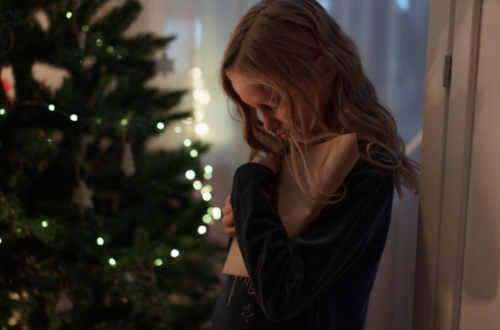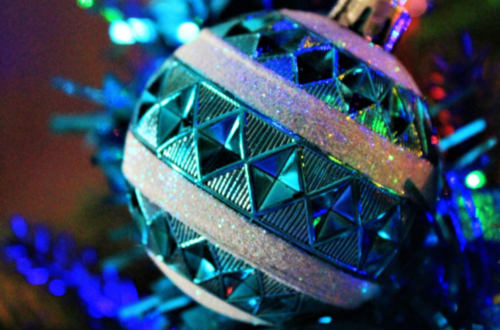
Origin of green artificial Christmas trees
The History of Green Artificial Christmas Trees: A Festive Evolution
The origin of green artificial Christmas trees is a bit cloudy, but we do know that they were first made in Germany. The first artificial Christmas trees were made from paper pulp and were covered with tinsel. They were sold in department stores in Germany during the late 1800s.
The first plastic artificial Christmas trees appeared around 1930 and consisted of a metal frame covered with real or artificial branches and leaves. The branches and leaves were usually made out of wool felt or other types of fabric. These trees were popular until they became associated with the hippie counterculture movement during the 1960s and 1970s.
For the records, the origin of green artificial Christmas trees dates back to the early 20th century. The first artificial Christmas tree was invented by a German man named Albert Frank, who lived in New York City in the late 1800s. He called his invention “the Aluminum Christmas Tree.” It was made from aluminum strips and covered with foil. In the United States, it was used primarily by German immigrants who wanted to celebrate their homeland’s traditions in their new country.
A Brief Timeline of Green Artificial Christmas Trees
As a matter of fact, the early artificial trees were very different from what we have today: they were made from cardboard, hung from the ceiling and lit with candles or gas lamps.
The first electric lights for Christmas trees appeared in 1882 at a New York City department store. The store owner had been inspired by Thomas Edison’s invention of electric lights just two years earlier to create a new way to brighten up his store window displays during the holiday season.
In 1848, the first pre-lit tree was displayed in New York City at a festive ball held by Fanny Kemble, an American actress who lived in London during the 1840s. And by 1888, many department stores like Macy’s were selling live trees that could be decorated with colorful ornaments and other decorations. Natural trees are still popular today because they provide a more authentic experience than artificial ones do — but if you’re looking for something unique this year, consider getting an artificial tree instead!
Formerly, artificial Christmas trees were made of dyed goose feathers. The Roman Emperor Nero had his trees decorated with gold and silver. In the Middle Ages, people hung herbs, fruit, and other plants on their trees.
Green artificial Christmas tree were created as an alternative to live trees, which were becoming more expensive each year and were gradually becoming impossible to purchase.
Kempelen’s tree was made using pine branches and painted with tar to make them look like real trees. In 1852, he patented his idea and started selling trees in America through department stores like Macy’s and Wanamaker’s.
Today, artificial Christmas trees are considered more environmentally friendly than real ones because they don’t require cutting down trees or putting them in water — they can be used year after year without worrying about them shedding needles or dying on you!




